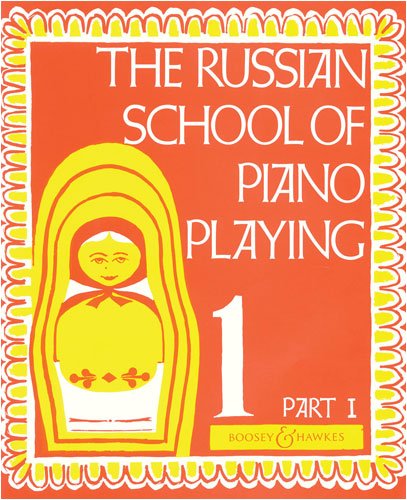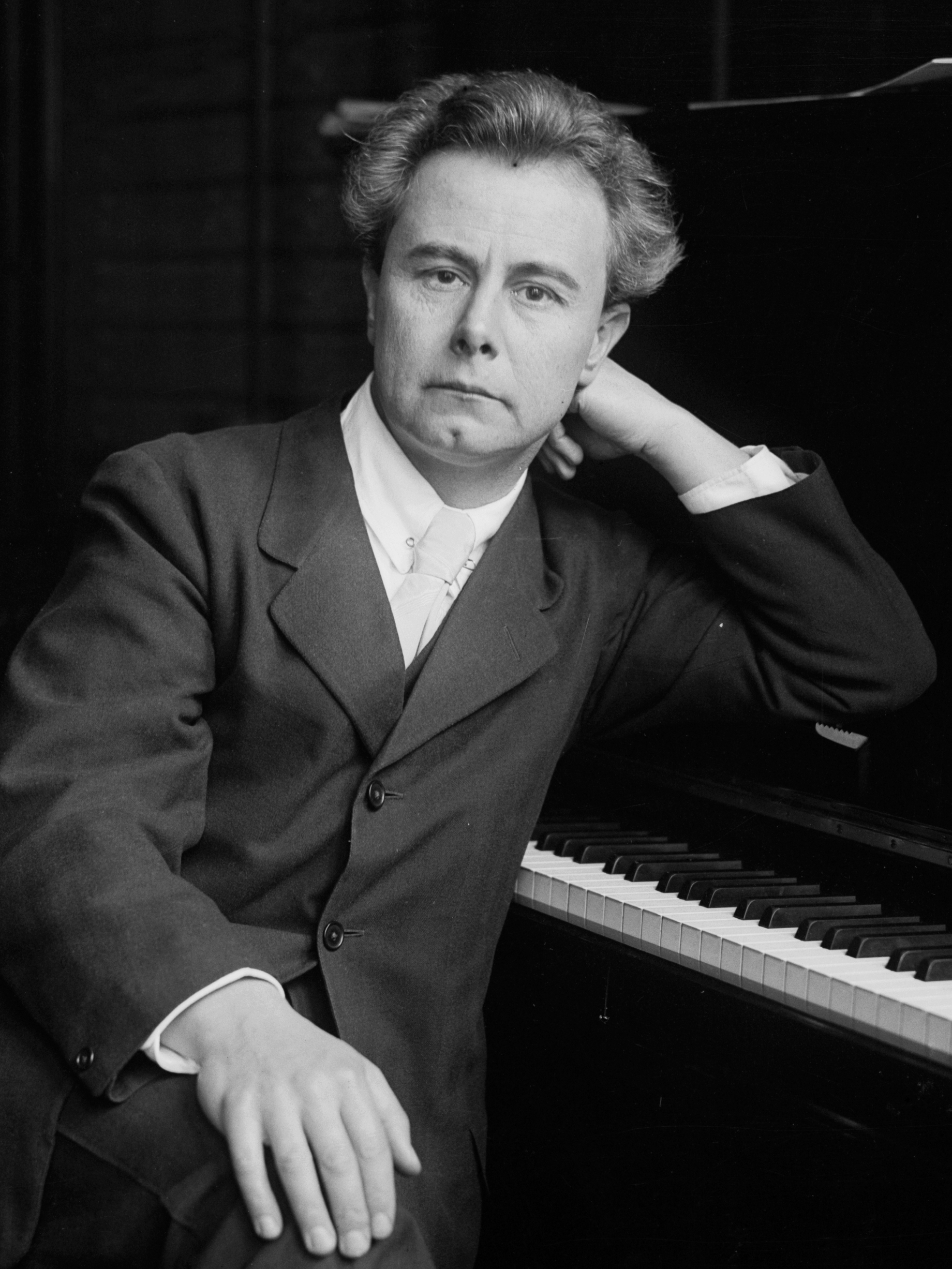- The artistic IMAGE-MAKING instead of looking for nuances...
- The active INTONATING instead of playing by heart...
Both Masters, note, currently teach in Australian and American conservatories respectively.
The first masterclass, I came across was presided by Oleg Stepanov, who studied under Lev Vlassenko at the Moscow Tchaikovsky Conservatory, won the Liszt International Competition in 1956 (Stepanov has dedicated a piano competition in his memory)
http://www.themusicpage.com/showVideos.php?v=2434
The first masterclass, I came across was presided by Oleg Stepanov, who studied under Lev Vlassenko at the Moscow Tchaikovsky Conservatory, won the Liszt International Competition in 1956 (Stepanov has dedicated a piano competition in his memory)
http://www.themusicpage.com/showVideos.php?v=2434
- First is Chopin Ballade #1
- (55 minutes) Scriabin Etude in D Sharp Minor
- (83 minutes 18 seconds) Rachmaninov Moment Musicaux #4 in E minor
The second masterclass was run by Boris Berman, who had the same teacher that Vladimir Ashkenazy had, and also studied at the Moscow Conservatory.
- Beethoven: Appasionata Sonata
- Rachmaninov: Moment Musicaux #1, #2
- Schubert - First Klavierstucke
The video player is slightly fiddly (smallish buttons) and the quality of the video so so, but the content's great!
All masterclasses were held at the Queensland Conservatorium Griffith University, Ian Hanger Recital Hall.










